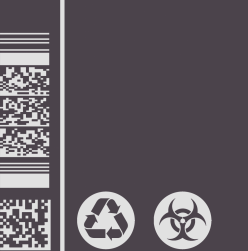Build the scene
The inspiration for the scene came from the scenery outside my friend’s apartment.


These giant cranes have a different kind of beauty.
These giant cranes have a different kind of beauty. I imagined in my mind a lot of birds flying around skyscrapers and cranes. Perfect!
But time certainly won’t allow me to model cities from scratch. But I was lucky enough to find an old collection: a set of city models.

I chose three sets of buildings similar to those in the photo and combined them in the new scene.

But just putting the three buildings together was not enough, I also modeled the road myself to make the scene look more realistic. Other city props like street lights, traffic lights, fences, fire hydrants, etc. are from one of my previous C4D projects.
Now the crane is still missing.

But luckily I found a crane model shared by others on a solid work forum. I am so grateful!
But this crane is static. This could be a problem, so I separated out the parts where the crane might move.

The reason I put them this way is that I will be combining them in Houdini, so I need them all in the default positions.

ok I will combine them in houdini next week.
